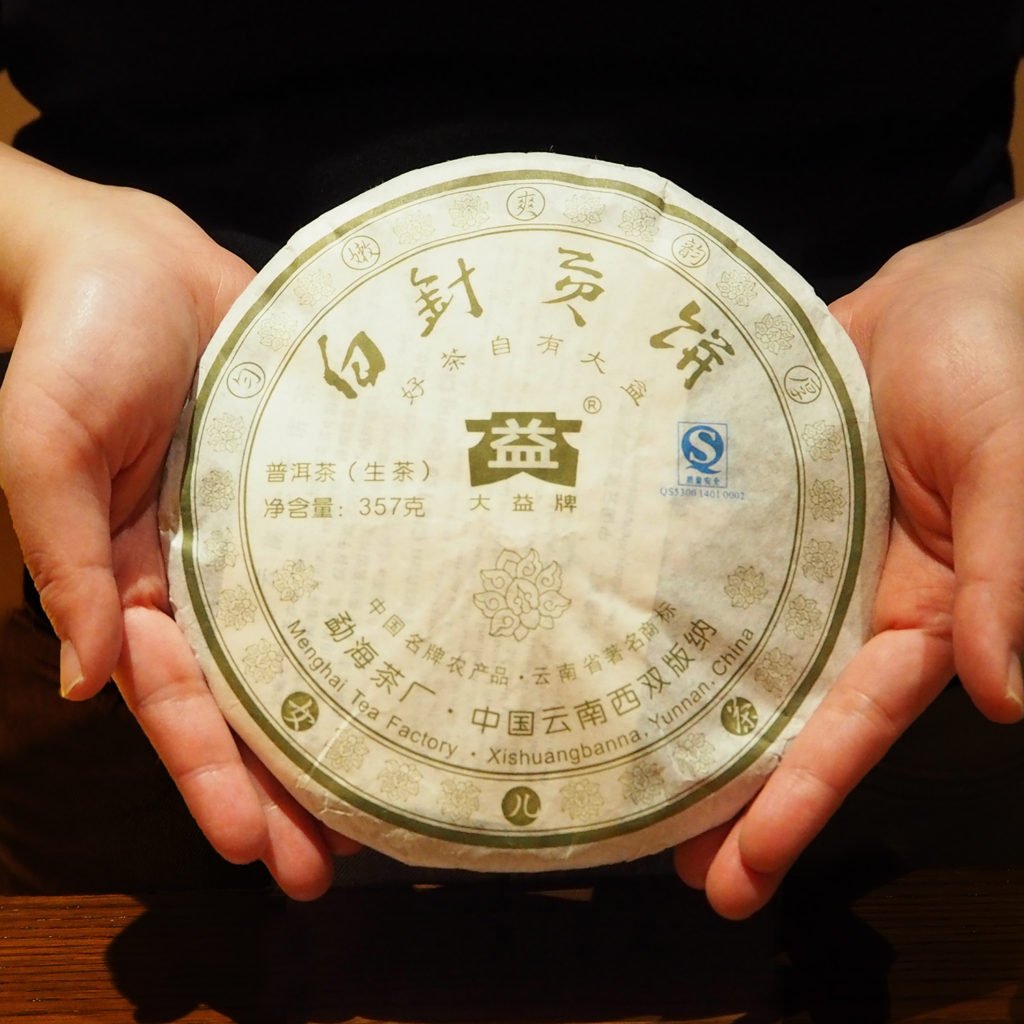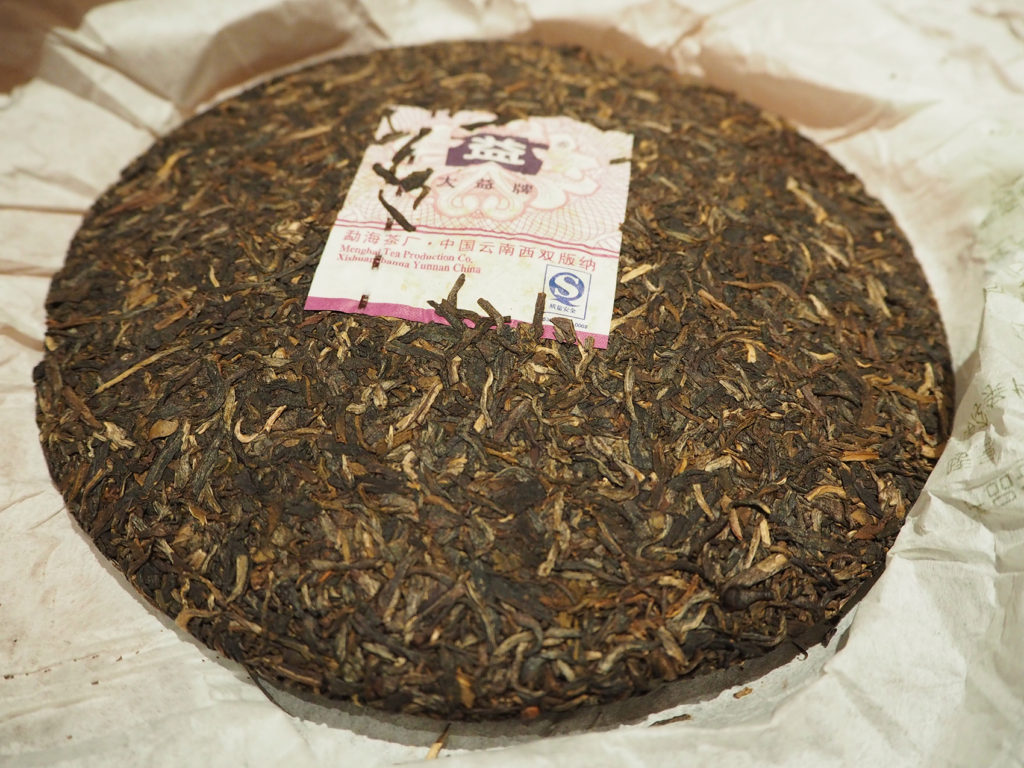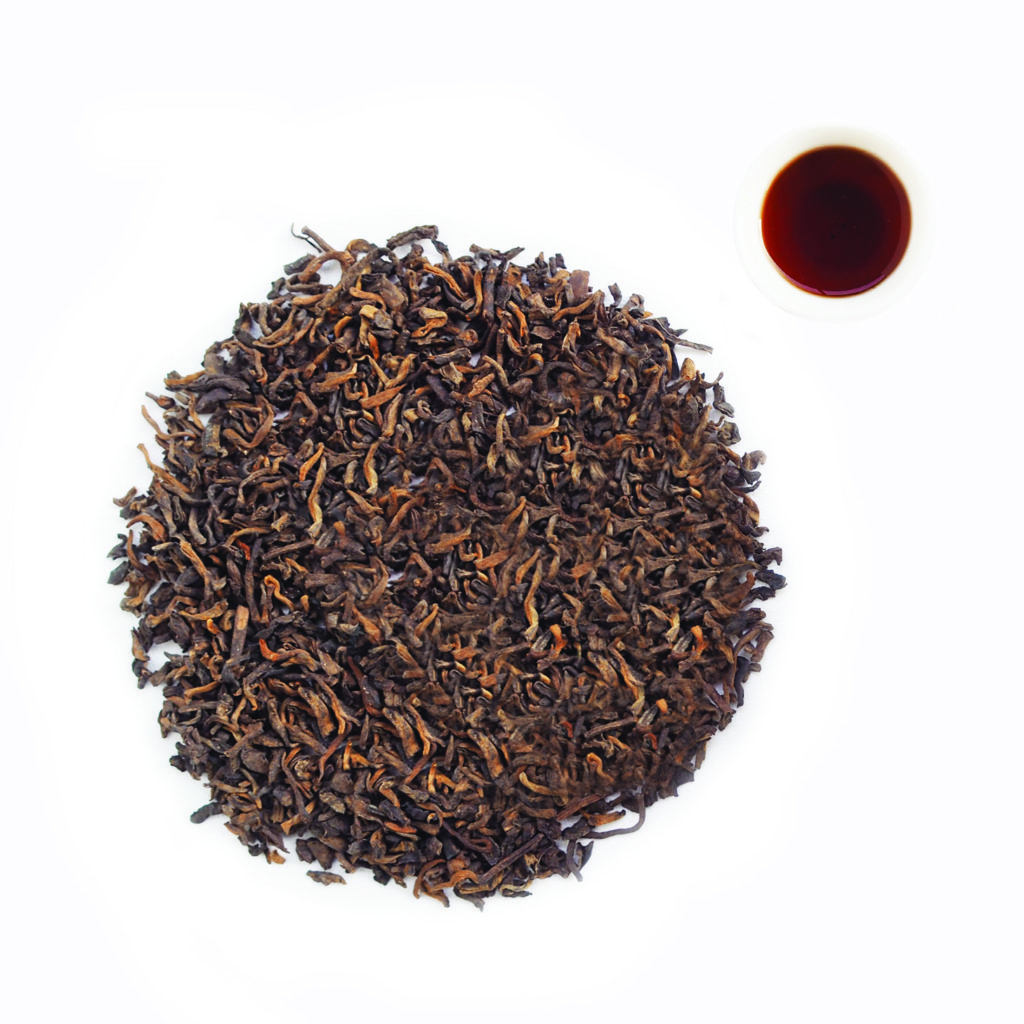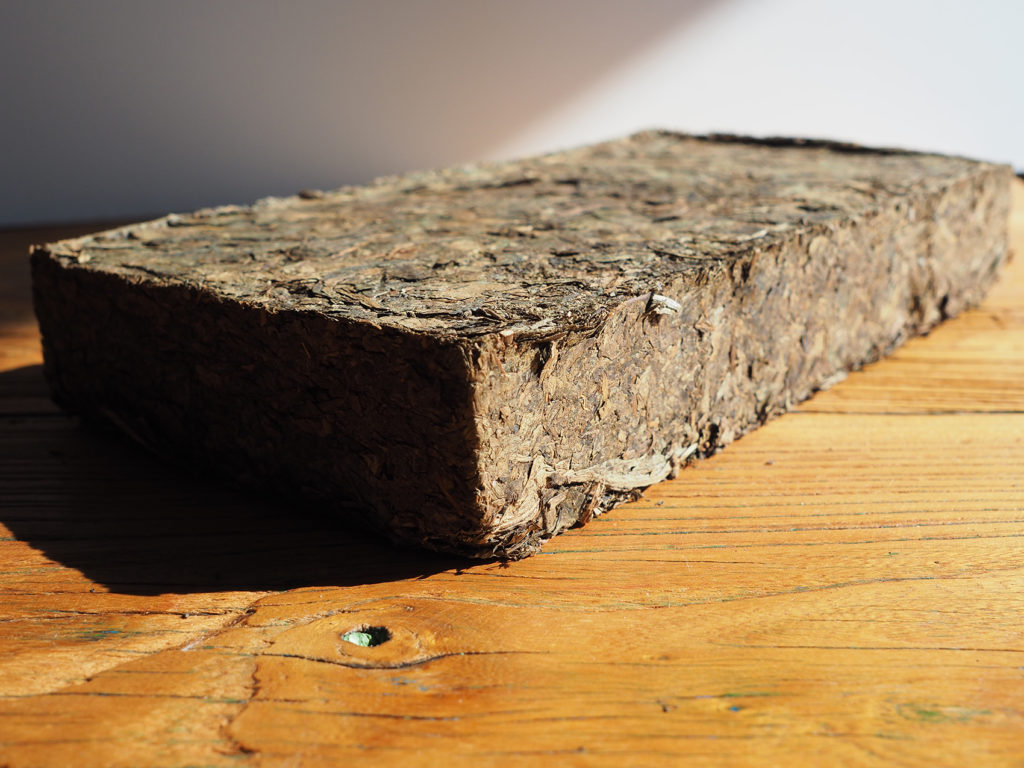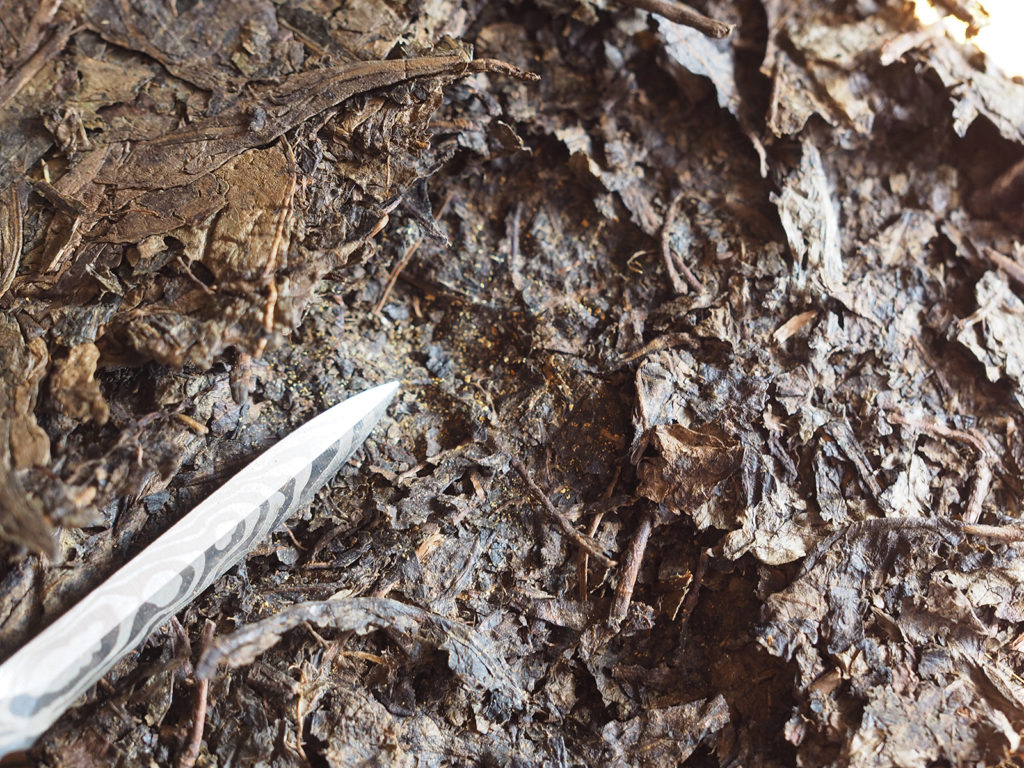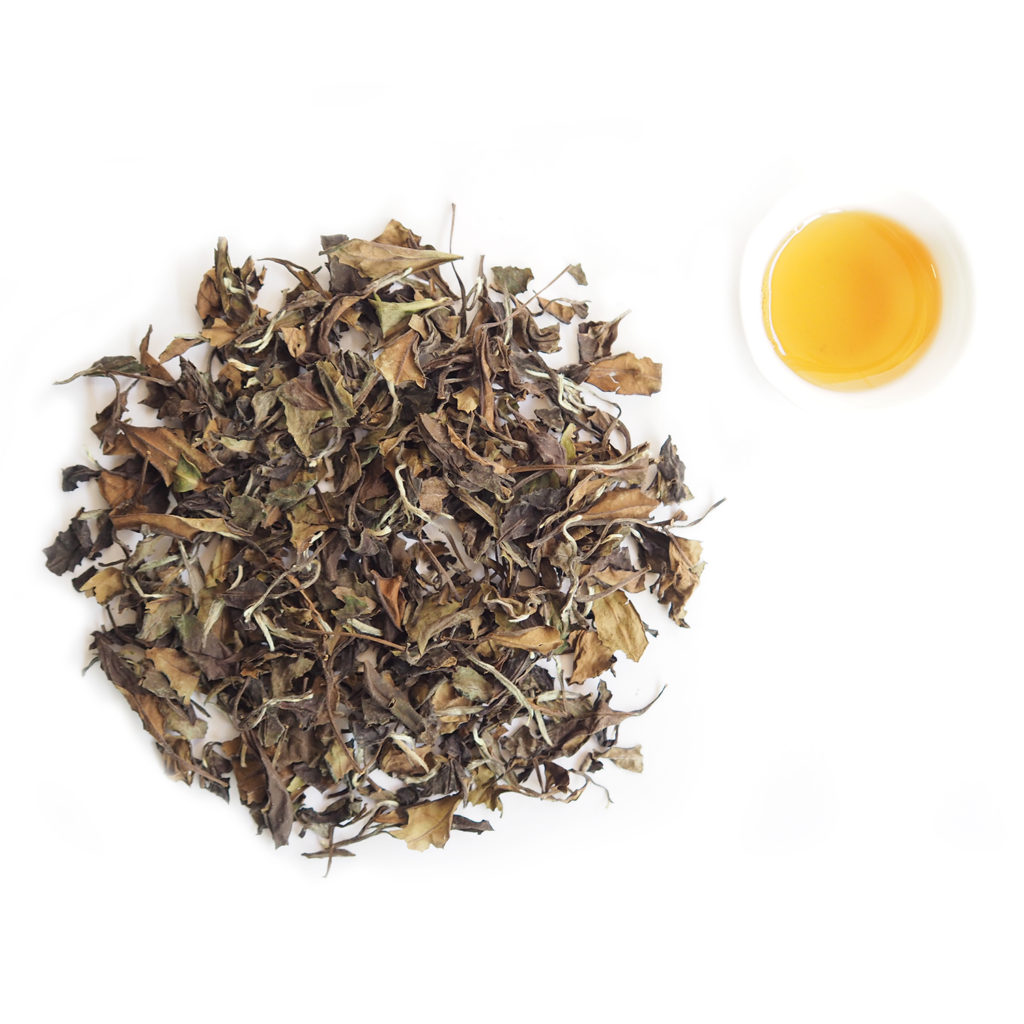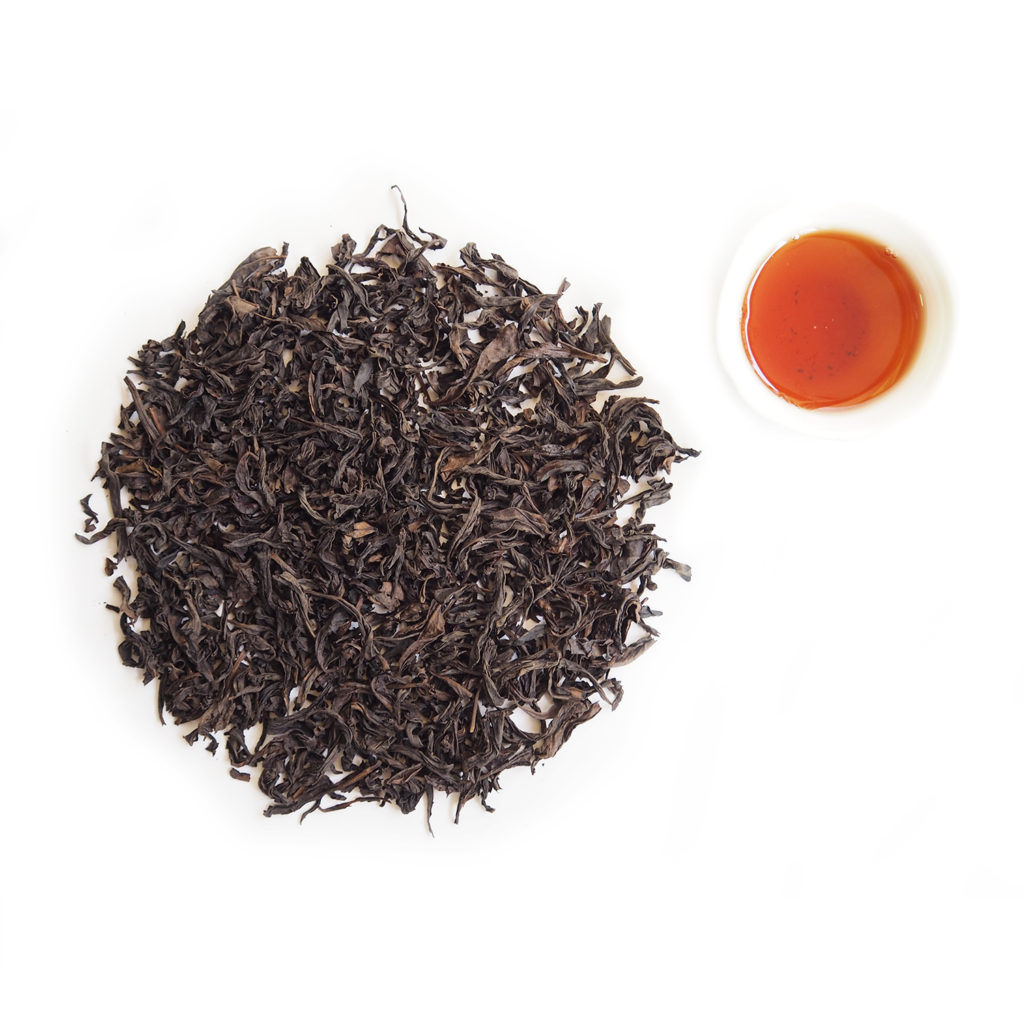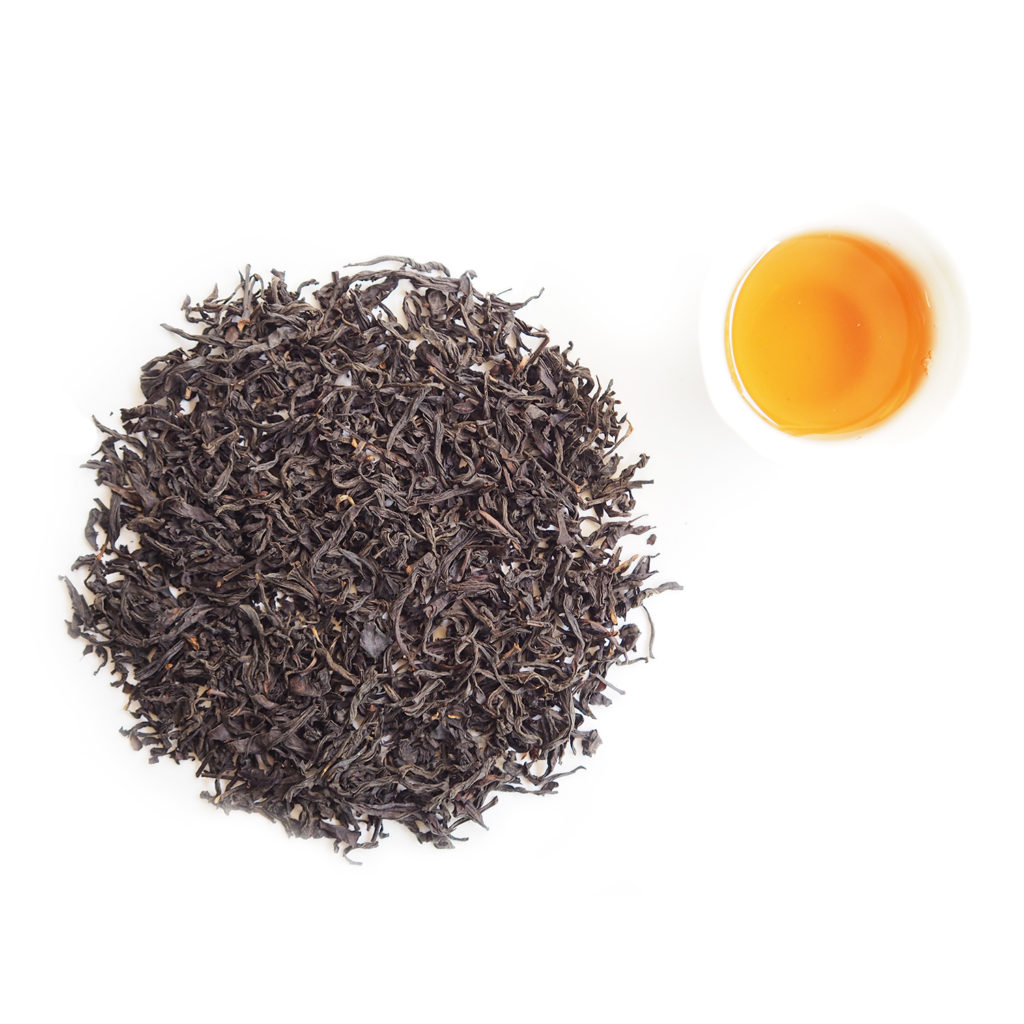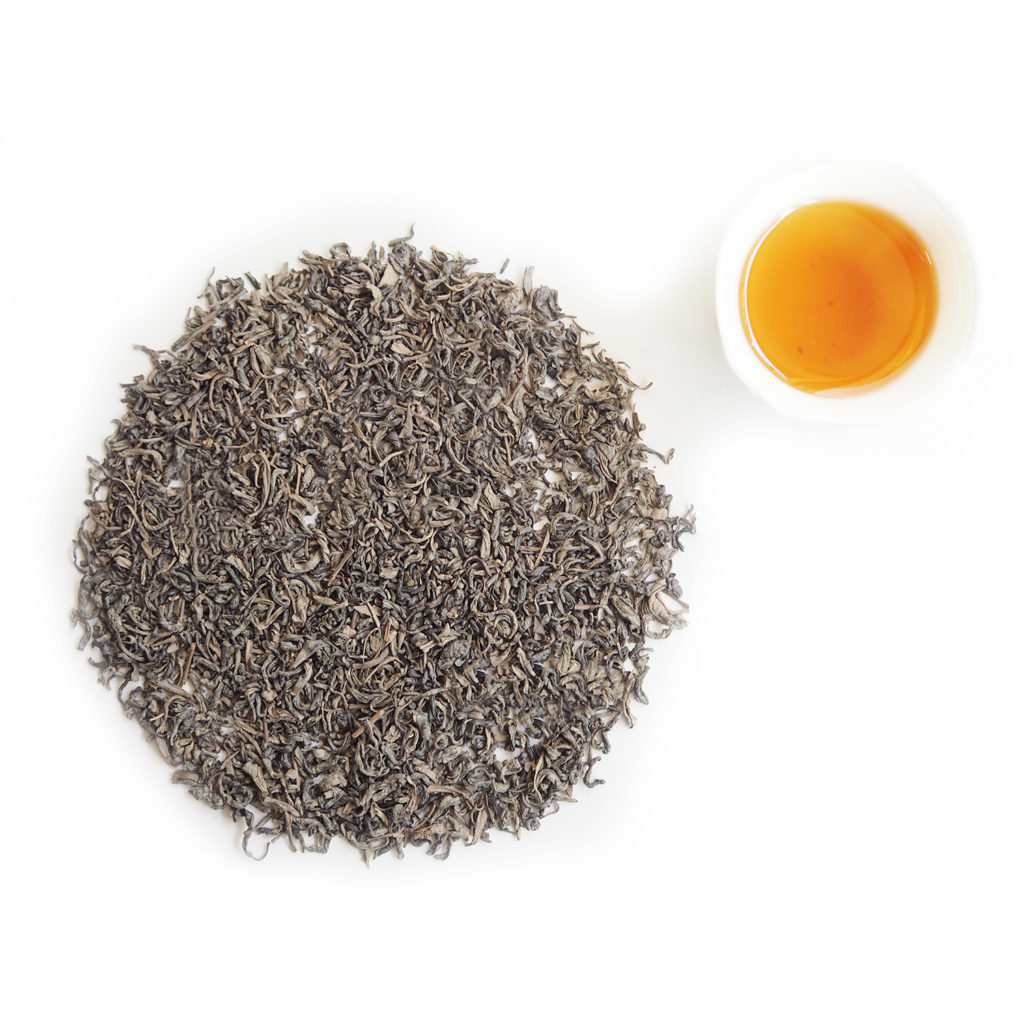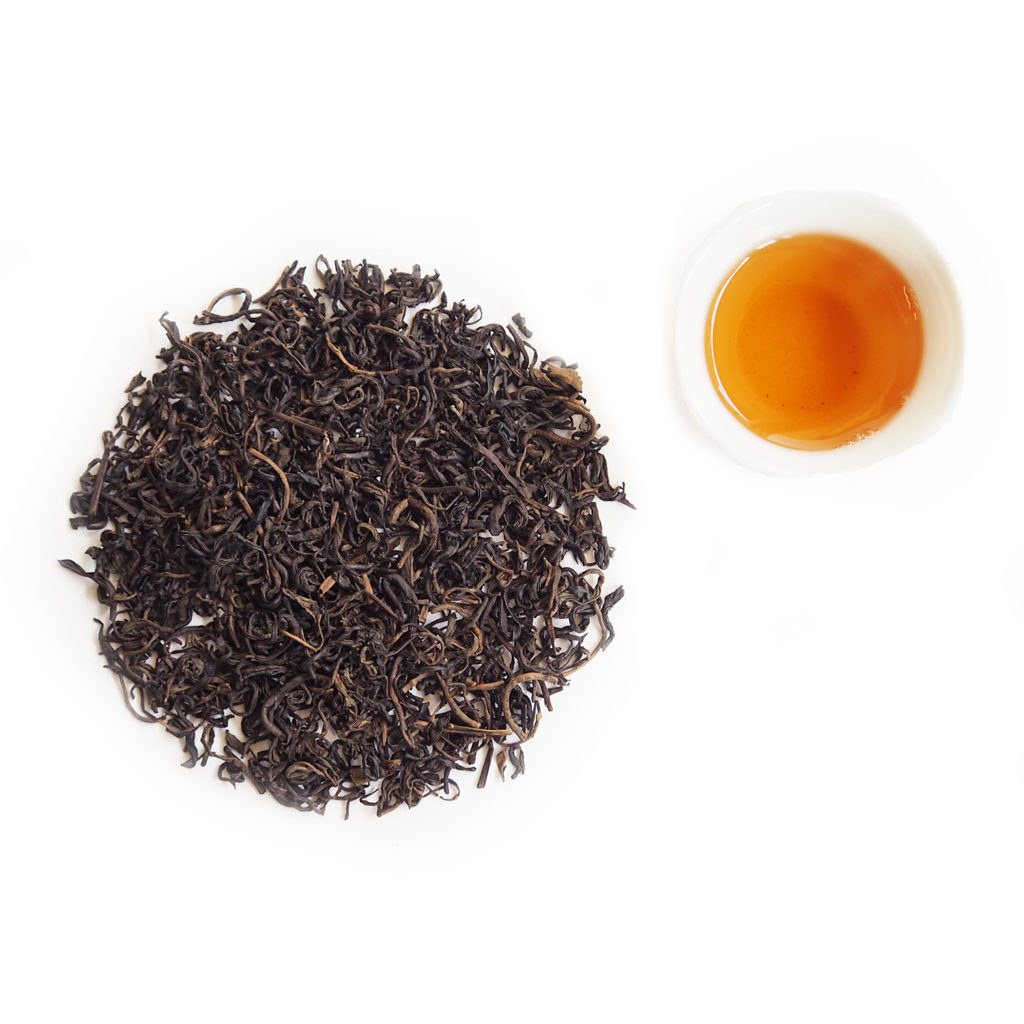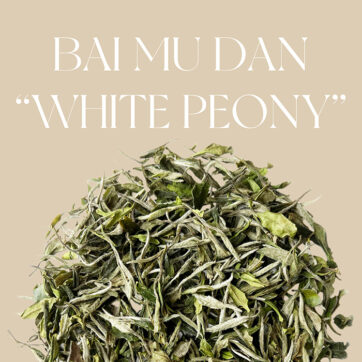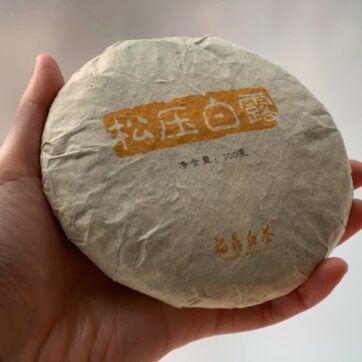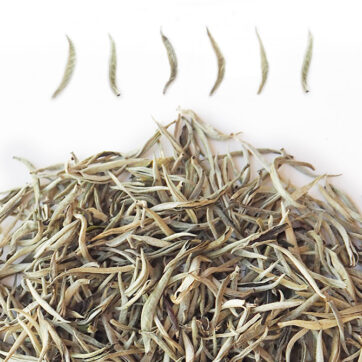Box of Aged Tea tea
8 Classic Tea from 7 Tea Types
“The Aged the Better in Taste”- A popular saying about the aged tea. But what is the reason for the transformation of aged tea? Is all aged tea equal to better tea? In the discussion of aged tea, we may be very familiar with the aged Puerh and White Tea already, but how about other tea type? We rarely hear about other aged tea from other tea types. Does it means other tea type is not a good choice for aging? In this box, we have curated eight kinds of aged tea from all of the seven tea types: Aged Raw Puerh, Aged Ripe Puerh, Aged Dark Tea, Aged White Tea, Aged Oolong Tea, Aged Black Tea, Aged Green Tea and Aged Yellow Tea.
In the aging process, aged tea from different tea types has their unique transformation process, there are multiple factors affecting their oxidation process, chemical components, appearance and tasting profile. In general, most of the young fresh tea is light, soft, refreshing, vibrant in aroma, some tea like green tea and raw puerh may be apparent in its astringency and grassy note. But during the aging process, its composition and content of chemical ingredients will be transformed, thus changing its tasting profile. Astringency and grassiness will be greatly reduced, and in return the mellowness will be greatly increased and transformed into several tasting note such as dried fruit, honey, glutinous rice, jujube, woody, herbs and Chinese medicine, etc. Many of them become rich, smooth and rounded in its mouthfeel. “Time” play an important role like a magician, each of the tea from the seven tea types will change differently in this journey of time.
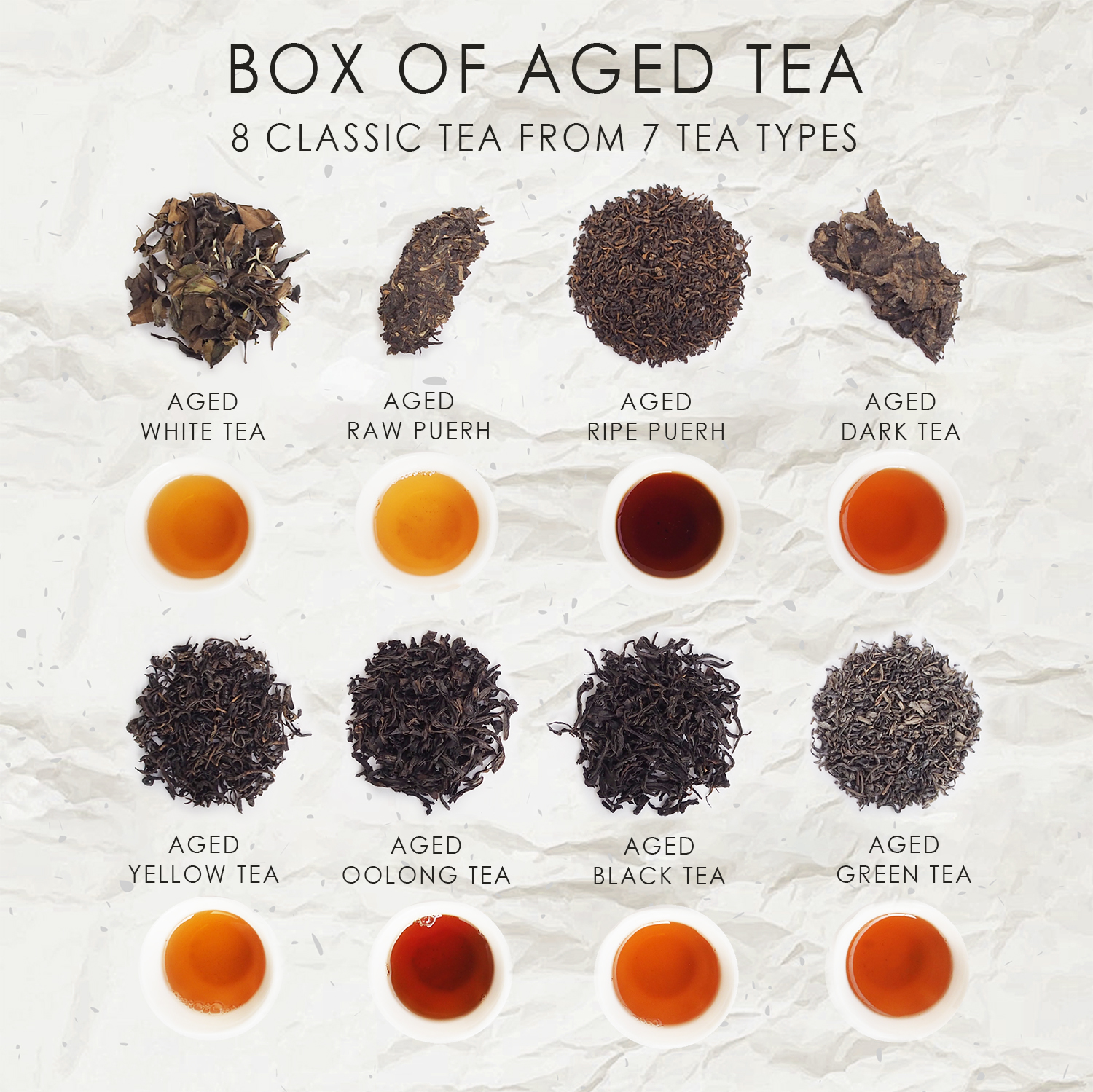
What’s included in mastertasting collection #26 ?
Aged Raw Puerh – Dayi “Bai Zhen Gong Bing” Raw Puerh Tea Cake 2007 ( 10g )
Aged Ripe Puerh – Jingmai Ripe Pu’erh Loose Tea 2014 ( 10g )
Aged Dark Tea – An Hua Dark Tea – Fu Brick 2012 ( 10g )
Aged White Tea – Shou Mei White Tea 2015 ( 10g )
Aged Oolong – Wuyi Rock Tea – Aged Da Hong Pao 2018 ( 10g )
Aged Black Tea – Lapsang Souchong Black Tea 2018 ( 10g )
Aged Green Tea – Guangdong Pingshang Fried Green Tea 2010 ( 10g )
Aged Yellow Tea – Huo Shan Huang Da Cha 2018 ( 10g )
Highlights of THE month’s box
This month we’re focusing on tasting unique aged taste of 8 Classic Tea from all 7 Tea Types:
- Aged Raw Puerh – the most popular aged tea among all the tea categories, find out the reason for “the aged the better”
- Aged Ripe Puerh – the unique mellow tea soup created by the accelerated fermentation
- Aged Dark Tea – a unique microbial fermented teas, turns out to be a unique aged tea famous of its beneficial bacteria
- Aged White Tea – discover the reason behind the popular saying of aged white tea – “One Year Tea, Three Year Medicine, Seven Year Treasure”
- Aged Oolong Tea – the transformation of roasted Oolong Tea creates a sweet and fruity tea
- Aged Black Tea – how a fully-fermented tea change in taste and become one of the mellowest tea among all tea types
- Aged Green Tea – some rarely found green tea is suitable and good for aging, like the unique aged flavor of Guangdong Pingshang Fried Green Tea (Chao Cha)
- Aged Yellow Tea – an uncommon aged yellow tea with a special making step called “Men Huang/ Sealing Yellow”, how it turns out to be a sweet and nutty tea after years
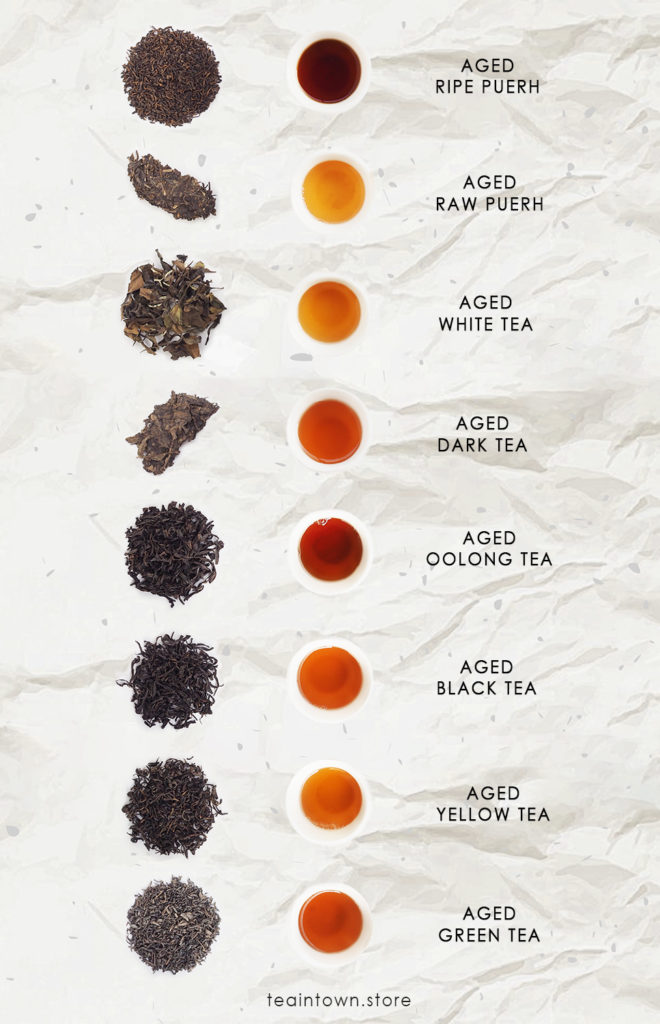
How these 8 Aged Tea transform during the aging process?
Aged Raw Puerh
“The aged the better” – Aged Puerh Tea is one of the best known aged tea and it is most widely collected for aging, but what is the reason for “the aged the better”?
Pu-erh tea is a kind of post-fermented tea, which means microbial fermentation still take place after the tea leaves being processed, which may last for many years. It is due to the unique processing method of Puerh tea.
For raw puerh, the fresh leaves undergone the step of green-killing. For green tea, the green-killing step is for killing the enzyme, in order to stop the fermentation. But for Puerh Tea, the aims of green-killing step is to denature and deactivate the enzyme, not to kill all of it. The temperature of the green-killing machine or the frying wok is controlled in around 200°C, and the temperature of the tea leaves is controlled in between 60-80°C. After further steps of rolling and drying to remove additional moisture, there are still enough amount of un-killed enzyme and chemical components for slowly transformation after it is being processed.
Thus, the composition and content of chemical ingredients like the flavonol glycosides, polyphenol and amino acid, etc, will help transform the tasting profile of the Tea through oxidation during the aging process. Take Amino acid as an example, it is a main component positively related to the freshness and astringency of Tea, and it will diminish throughout the years, so the astringency will transform into mellowness, the refreshing mouthfeel will transform into a rounded, smooth and rich mouthfeel.
Appearance of Aged Raw Puerh: dry leaves of raw puerh will change into greenish-brown colour; tea liquor of raw puerh will become golden yellow, orange to amber red ; wet leaves of raw puerh will change from green into brown
Mouthfeel of Aged Raw Puerh: young puerh is usually refreshing and crisp, while aged puerh has a rounded mouthfeel, it become smooth and rich.
Taste and Aroma of Aged Raw Puerh: astringency and grassiness is greatly reduced for aged puerh, it become mellow with lingering sweetness. You can find the notes of woody, earthy, honey, jujube, glutinous rice in it.
So, Is all aged Puerh equal to a better tea?
Aged Puerh tea stored for years is supposed to be better in taste. However, it may not be the case for every Puerh, especially if it is not stored well, it can also become worse, it may become mossy or turn worse by bad bacteria, it may taste stale or lost of flavor. So, what are the factors make it into a better Tea?
Criteria for a good aged puerh
Raw Material
The nature of the tea leaves material is an important factor affecting how it will transform in the aging process. If the material is not good in quality when it is young, it probably will not transform into a better taste, instead its taste may fade away during storage. There are many factors determining whether it is a good material, its species, its growing location and environment, species and age of the tea tree, its harvesting season and time, etc, all of these will affect the chemical and nutrient components of the tea.
Processing Method
The processing technique greatly affect the taste and chemical component of the Tea. For example, precise temperature and timing control is very important in the step of green-killing: Too high or too low temperature, over-time or too short green-killing time will greatly affect the Enzyme and other chemical component, affecting the ability of future transformation.
Storage Method
The same tea material will transform differently under different storage method. Humidity and temperature of the storage environment is very important. The water content of the tea is best to be kept in 10%. If the water content is over 14%, multiple bacteria may cause the tea to become mossy, some bad mold may be created. If the Tea is under 7% in its water content, its microbial transformation will be stopped, storing it will only create transformation through oxidation, over-oxidation may be resulted at the end. Thus, to keep a good aged puerh, it is suggested to keep it in an environment with good ventilation, temperature around and lower than 25 degree, humidity lower than 75%, keep it away from odor and direct sunshine.
Aged Raw Puerh Tea curated in the box: Dayi “Bai Zhen Gong Bing” Raw Puerh Tea Cake 2007
A premium raw puerh tea cake (Batch 701,357g) from Dayi Menghai Tea Factory. It is compressed in 2007, with 13 years of dry storage. “Bai Zhen” means “White Needle”. As of its name, it use fine material with a lot of silvery tea buds and big fat leaves.
The Tea Cake is stored for around 13 years (dry storage), the transformation is slow but in good condition. The tea cake use premium raw material which is full of silver pekoe, like “white needle”. The taste transformed into soft and sweet flavor with light hint of astringency. It is distinctive in its thick and bold mouthfeel with quick “Hui Gan” and lingering sweetness with hint of honey note. This tea cake is a good choice if you like to age Pu’erh Tea and see its transformation.
Aged Ripe Puerh
Similar to the Raw Puerh, Ripe Pu’erh is a kind of post-fermented tea. Unlike the natural post-fermentation of raw puerh, ripe puerh gone through a special man-made accerlerated fermentation step called the Pile Fermentation/ Wo Dui.
“Wo Dui” means “Wet Piling”, which is the key step for the growth of microorganism that changes the chemical and nutrient component of the tea and form the special tasting profile of Ripe Puerh Tea. After the tea leaves finished the step of green-killing, it undergone the first stage of Wo Dui Fermentation. The whole process of wet piling is time consuming and required several steps. The tea leaves are piled in a warm and humid indoor environment, room teampearture need to be above 25C and humidity need to be around 85%. The pile is usually around 40-100cm height, and tea maker need to wet it with water and cover it with a cloth, the tea will starts to ferment in the warm and humid pile, the pile needed to be turned frequently to avoid over-heat and sticking together. The whole stage of pile fermentation may last for around 45-60 days. The leaves will eventually turn from green to brown or dark, and astringency turns into mellowness.
The non-fermented Raw Pu’erh is fresh in mouthfeel and usually come with some astringency; but the fermented Ripe pu’erh usually has very low or no astringency at all, the fermentation helps to create a bold and smooth mouthfeel, with mellow and earthy flavor. For new ripe puerh just finished the pile fermentation, there may have some “Fire” flavour and unflavour “Wo Dui” flavour. But after years of storage, ripe puerh will become very smooth and thick in mouthfeel, the un-plesant Wo Dui Flavour will be reduced, and it transformed into a favorable fruitiness, mellowness.
Aged Ripe Puerh curated in the Box: Jingmai Ripe Pu’erh Loose Tea 2014
This batch of Ripe Pu’erh loose tea is from Jingmai, Yunnan. This Tea is stored in dry warehouse in Yunnan for almost 8 years since 2014. It is apparent in its woody note. Most of the “Wo Dui Flavour” or “Fermentation Flavour” has faded away, only a light hint of “Wo Dui Flavour” can be found in the first 1-2 steep, you will find lingering mellowness and sticky mouthfeel for several steeps.
Aged Dark Tea
Dark Tea is a famous kind of post-fermented tea and a special kind of microbial fermented teas, which means microbial fermentation still take place after the tea leaves being processed. The special making process of dark tea helps converting the chemical components during the microbial fermentation of dark tea.
Special Making process:
The making process is quite complicated: Step(1): Kill green; Step(2): Rolling; Step(3): Wet Piling(Wo Dui); Step(4): Rolling again; Step(4): Baking and Drying ;Step (5): Compress and wrapping the maocha into different shape. And there is a special step of “Growing/creating Golden Flower” for Fu Brick to generate a special kind of beneficial bacteria – Eurotium cristatum, commonly known as golden flower.
There are three stages of fermentation for DarkTea:
- Pile-fermentation: After the tea leaves finished the step of green-killing, it undergone the first stage of “Wo Dui” “Wo Dui” means “Wet Piling”, which is the key step for the growth of microorganism that changes the chemical and nutrient component of the tea and form the special tasting profile of dark tea. The whole process of wet piling is time consuming and required several steps. The tea leaves are piled in a warm and humid indoor environment, room teampearture need to be above 25C and humidity need to be around 85%. The pile is usually around 40-100cm height, and tea maker need to wet it with water and cover it with a cloth, the tea will starts to ferment in the warm and humid pile, the pile needed to be turned frequently to avoid over-heat and sticking together. The whole stage of pile ferementation may last for around 45-60 days. The leaves will eventually turn from green to dark.
- Re-processing fermentation: After the maocha finished the pile fermentation, it was then compressed into different shape, like the Fu Brick, Flower Brick or Qian Liang Brick. It needed to be steamed for compressing and shaping. In this stage, the water content of the tea is high, it will then undergone further fermentationfor around 20 more days before the drying it in the next step.
- Storage fermentation: After the finished Dark Tea is processed, microbial fermentation still take place during the aging process.
Aged Dark Tea curated in the Box: An Hua Dark Tea – Fu Brick 2012
This Anhua Dark Tea is from An Hua, Hunan province, China. Fu Brick is one of the renowned and classic type of An Hua Dark Tea . It is special of its “golden flower” inside of it. The golden flower is actually the beneficial bacteria, which is a Eurotium cristatum. It is usually considered as having health benefit.
This tea is handmade and loosely pressed into a Fu Brick in 2012. It is made of tea material from Jiu Long Chi, An Hua. The tea leaves is fat and strong, rich in nutrient component. It is using a traditional compressing technique, the whole leaves is compressed directly in a wooden mold, you can still see the whole leaves inside the brick, which is good for post fermentation. As the Tea is made of fine grade material, leaf stem is less than 2%, and it is apparent in its golden flower inside the brick. After ten years of transformation, it turned out to be a soft and sweet aged tea, it is not that earthy with heavy aged taste. Instead, it is very smooth in mouthfeel with light notes of honey and jujube.

Aged White Tea
Aged White Tea is one of the most popular aged tea getting known by more people nowadays, popularity is just similar to the aged Pu’erh tea. “One Year Tea, Three Year Medicine, Seven Year Treasure” – a popular Chinese saying about the aged white tea you may have heard already. The Aged white tea has long be known as a treasure and having different medicinal properties and health benefits. But what is the reasons for that saying?
Why is the aged White Tea such a treasure?
Health benefits
Due to its minimal processing method, it only requires withering and drying after the tea leaves being plucked, which preserved many of its natural phytochemical compounds, such as the enzymes, amino acid and polyphenols. These un-killed active compounds allow the white tea continue to ferment and transform after processed, even after years of storage and aging. During years of storage and chemical transition, the high amount of polyphenols will transform into different beneficial nutrition, including catechins and flavonoid, which is proved to presents potent antioxidant properties and associated with different health benefits, including anti-oxidation, anti-inflammation, lower the blood and cholesterol levels, help to ease the metabolic syndrome and diabetes, etc. Thus, the consumption of aged white tea is considered as having positive effects on human’s health.
Better Flavour profile
After years of storage, the aroma substance of white tea will be transformed. The change in tasting profile usually become apparent after 3 years of storage. Although aged white tea is being described as “Medicine”, and it is usually associated with the “Medicinal/ Chinese Herbal aroma”, its tasting note is way more diverse and delicious. In fact, aged white tea can be very diverse in its aroma , including the notes of jujube, honey, fruity, dried bamboo leaves, herbs, and it is apparent in its mellowness.
Aged White Tea curated in the Box: Aged Shou Mei White Tea 2015
Shou Mei, a famous kind of Fuding White Tea from Fuding, Fujian. Shou Mei is made of mature tea leaves, plucking the tea buds with 2-3 leaves. As the leaves is more mature, it contains high level of nutrients and other chemical component. Among all kinds of Fuding White Tea, its transformation is the most apparent, especially in its taste aroma. Stored for more than five years, this Shou Mei become high in sweetness. It is rich and smooth in its mouthfeel, and mixed with honey, jujube, and woodsy notes.
Aged Oolong Tea
Oolong Tea is a kind of semi-fermented tea, which is not a famous kind of aged Tea, but you will be impressed for how it turn out after years of transformation.
So, what kinds of Oolong is suitable for aging?
Light Oolong maybe not a good choice, as its taste will fade away easily during storage, and taste may turn out to be dull and a little bit of sour. Instead, Dark Oolong or heavy roasted Oolong, like Wuyi Oolong or Roasted Tie Guan Yin, is a good choice to be aged. The strong and flavour of “Fire” will transformed into a present and soft roasted aroma, like a good mix of soft roasted fruity notes with light floral hint. It will become smooth and mellow, and there is usually no “un-present aged flavour”.
Aged Oolong Tea curated in the Box: Wuyi Rock Tea – Da Hong Pao 2018
Da Hong Pao (大红袍), translated as Big Red Robe, is one of the most representative Rock tea. The origin of its name comes from a legend – In Ming Dynasty, a scholar was sick when he was on the way to attend the Imperial Exam and luckily he was cured by drinking the Tea from Wuyi Mountain, he then also used this tea to cure the emperor’s illness. The emperor recovered after drinking the Tea and rewarded the scholar with a red robe (which is an honor like the trophy at that time) and asked the scholar to put the red robe on the tea tree. After that, the tea trees were named Da Hong Pao, which means Big Red Robe.
Da Hong Pao is famous of its strong “Yen” flavor (Cliff Rhyme) specially found in Rock Tea. When it is young and fresh, the tea is quite strong, with apparent roasted or “Fire” flavour, it is also very sweet with fruity notes. After 4 years of storage, the tea become less strong and the “Fire” flavor turned into a favorable sweetness, you can still find the roasted flavor in it, but it is more apparent and balanced with light floral hint, with a very sweet fruity and honey notes.
Aged Black Tea
Black Tea is a kind of fully-fermented tea, which make it has less room for further fermentation after being processed. Does it mean that black tea cannot be aged? In fact, Black Tea can actually be aged, and turns out to be a very sweet and delicious Tea within a few years of transformation. The strong and irritating taste of the fresh black tea will transformed into a very mellow taste with a present fruity notes. But it is not recommended to be aged for a long time, aged black tea over 10 years will usually become dull in its taste, yet it can still be a kind of treasure as it can be treated as a herbal medicine in China.
Aged Black Tea curated in the Box: Lapsang Souchong Black Tea 2018
Lapsang Souchong Black Tea, also called as Zheng Shan Xiao Zhong 正山小種,is one of the earliest black tea in the world, with more than 450 years of history. Zheng Shan (正山) represent the unique location of the growing area – Tong Mu Village within the Xing Cun Zheng of Wuyi Mountain, Fujian. Xiao Zhong (小種) represent the small leaf varietal of the Tea.
Traditionally, Lapsang Souchong is a kind of smoked black tea, being smoke-baked by pine wood. But does it mean all kinds of Lapsang Souchong is being smoked? We have been asked several time about this question – why is the Souchong Black Tea not having the smoky flavour? In fact, Lapsang Souchong can be smoked or unsmoked, the souchong commonly found nowadays is usually unsmoked. The Tea curated in this box is unsmoked lapsang souchong stored for almost 4 years, it has transformed from a strong black tea into a very mellow tea with a present rounded mouthfeel and apparent soft fruity note.
Aged Green Tea
“Freshness” mush be the first impression of Green Tea. Isn’t that Green Tea must be drink when it is new and fresh? Yes, green tea is refreshing and full of vibrant aroma when it is tasted fresh, usually within 1-2 years. In fact, although aged green tea is rarely found in the market, there are some kinds of aged green tea which are really good and having a unique taste when they are aged.
Aged Green Tea curated in the Box: Guangdong Pingshang Fried Green Tea 2010
Guangdong Pingshang Fried Green Tea (Chao Cha) is a kind of green tea definitely suitable and good for aging, and having unique flavour when it was aged. Ping Shang Village坪上村located in Jie Yang of Guangdong, a high mountain area located in the intersection of three Guangdong cities, Jie Yang, Chao Zhou, and Mei Zhou. It is named as Ping Shang, which literally means it is located above the flat land. It located at the mountain over 1000m, the soil is having good penetration and acidity, which is favorable for tea growing.
The Tea here is already aged for 10 years. As a special kind of Chao Qing Green Tea (Stir-fry Green Tea), the making process and taste is a bit different from other stir-fried green tea like Long Jing and Bi Luo Chun. It is special in its strong and baked/ roasted flavour. As of its name “Chao Cha”, translated as “Fried Tea”, it involves an important step – “Frying”. After the tea was plucked, it immediately undergone the kill-green process to stop the fermentation. After the green-killing step, it was rolled and rubbed for shaping, and then it undergone several times of frying and re-frying for drying the moisture – it was re-fried for several times, and each time involves more than 6-8 hours, involve 2-3 days. After repeating fried by medium to high heat fire, the tea turns from green to red-brown, tea liquor turns into yellowish-red, the tea is full of roasted flavour with rich and complex mouthfeel.
The Tea here is already aged for 10 years. , the tea become unique in its aged flavour, it is still strong with apparent roasted notes even it is stored for years, but the roasted notes become less intense with rounded and rich mouthfeel. You can still find the apparent “Hui Gan” in it!
Aged Yellow Tea
Yellow tea is a lightly fermented tea with a unique making step called “Meng Huang”, translated it as “Sealing Yellow”, which means wrapping the Tea in a cloth or paper for fermentation. Due to the light fermentation during the “Meng Huang” process, the grassiness will be gone, but it still got some astringency but not as strong as green tea, its taste become mellow and mouthfeel turn from brisk into smooth and rounded. You can find a blend of floral and nutty notes, and it is usually called as “Meng Huang Flavour”.
Yellow Tea can be stored for a few years, but not recommended to be store for a long time. During the aging process, yellow tea will keep on fermenting slowly, and its flavor profile will change. Astringency will be totally gone, and it become very sweet, usually with a apparent roasted rice flavour.
Aged Yellow Tea curated in the Box: Huo Shan Huang Da Cha 2018
Huo Shan Mountain is a famous tea mountain having long history in producing Tea, it is high in altitude, surrounded by clouds and there is abundant rainfall throughout the year, soil is high in permeability with good nutrition. Thus, all these factors created a favorable environment for tea-growing.
The Tea here is called “Huang Da Cha”, translated as Big Yellow Tea, which is made of big and long tea buds and leaves – plucking one bud and three to four leaves. It has a special making step called “Men Huang”, which means wrapping the Tea in a cloth or paper for fermentation.
As Huang Da Cha is made of mature tea leaves , it taste stronger in taste with apparent sweetness and roasted rice notes when comparing with Small Yellow Tea. This Tea has been stored for almost 4 years, tea maker keep the re-roasting step every year, to ensure that the tea do not have excessive moisture in it, which allow the yellow tea to be kept for year. Thus, the tea is aged in a good condition, it become very mellow, with rich mouthfeel, you can find an apparent nutty and roasted rice note in it.
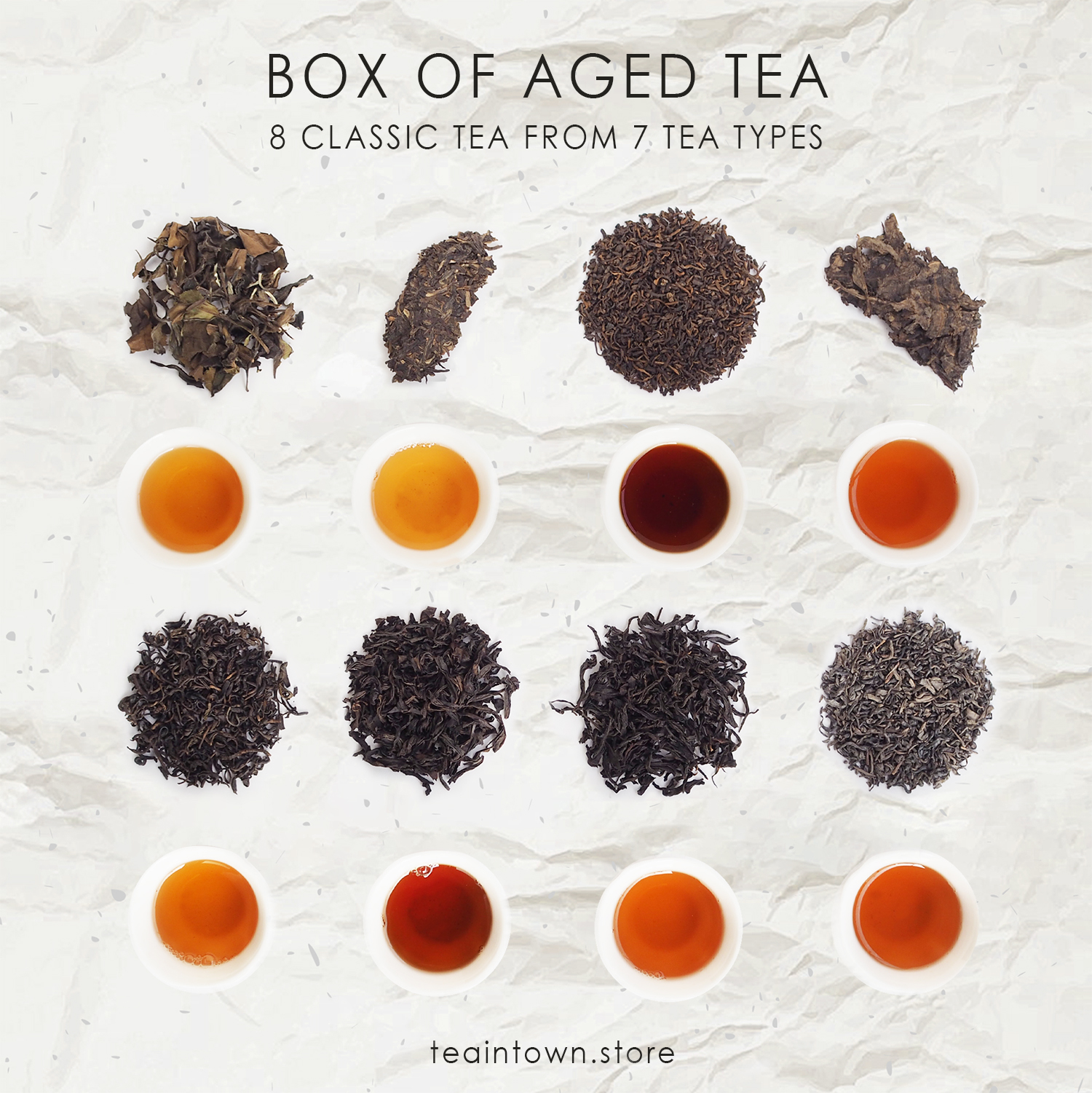
 If you purchase this product you will earn
If you purchase this product you will earn 